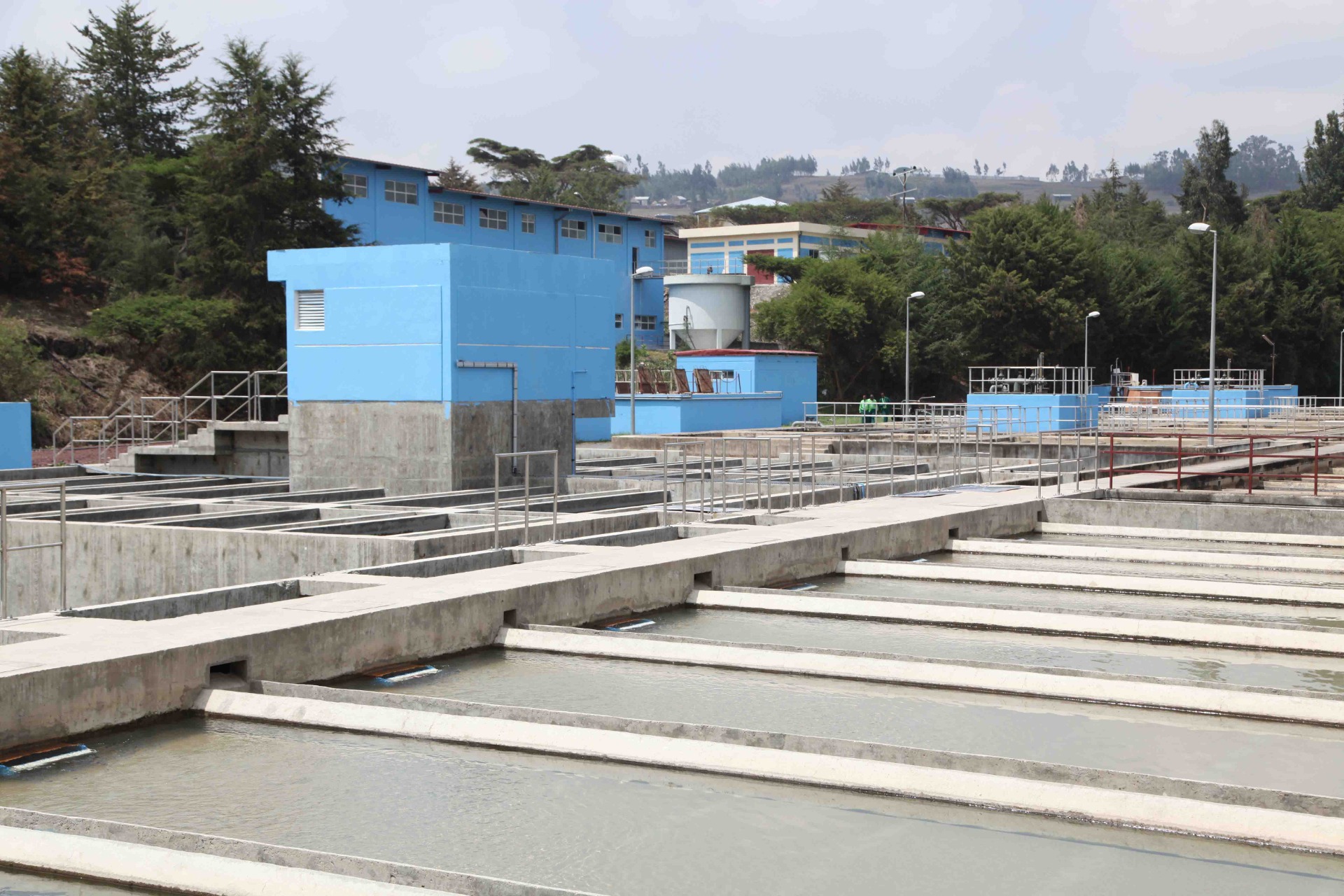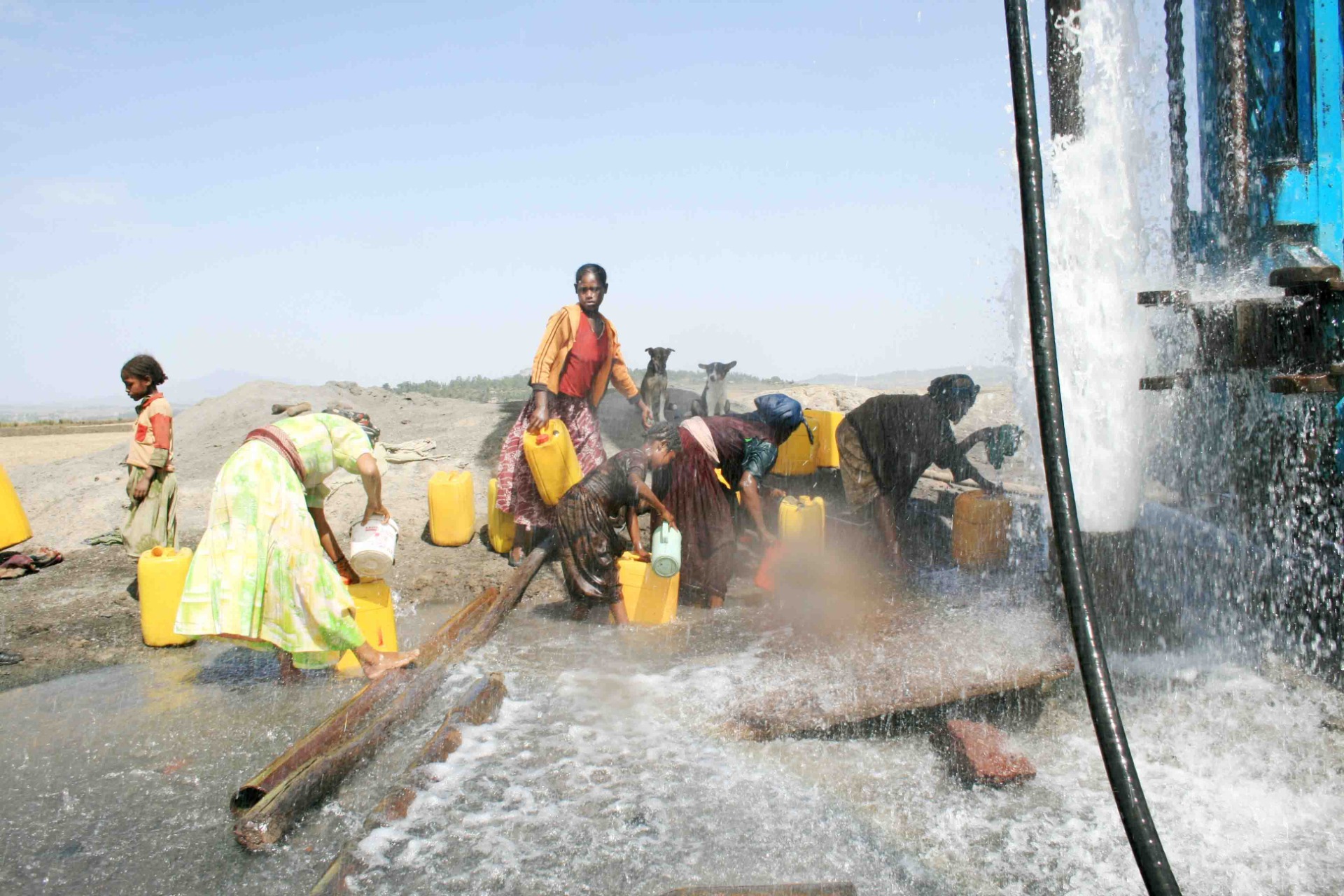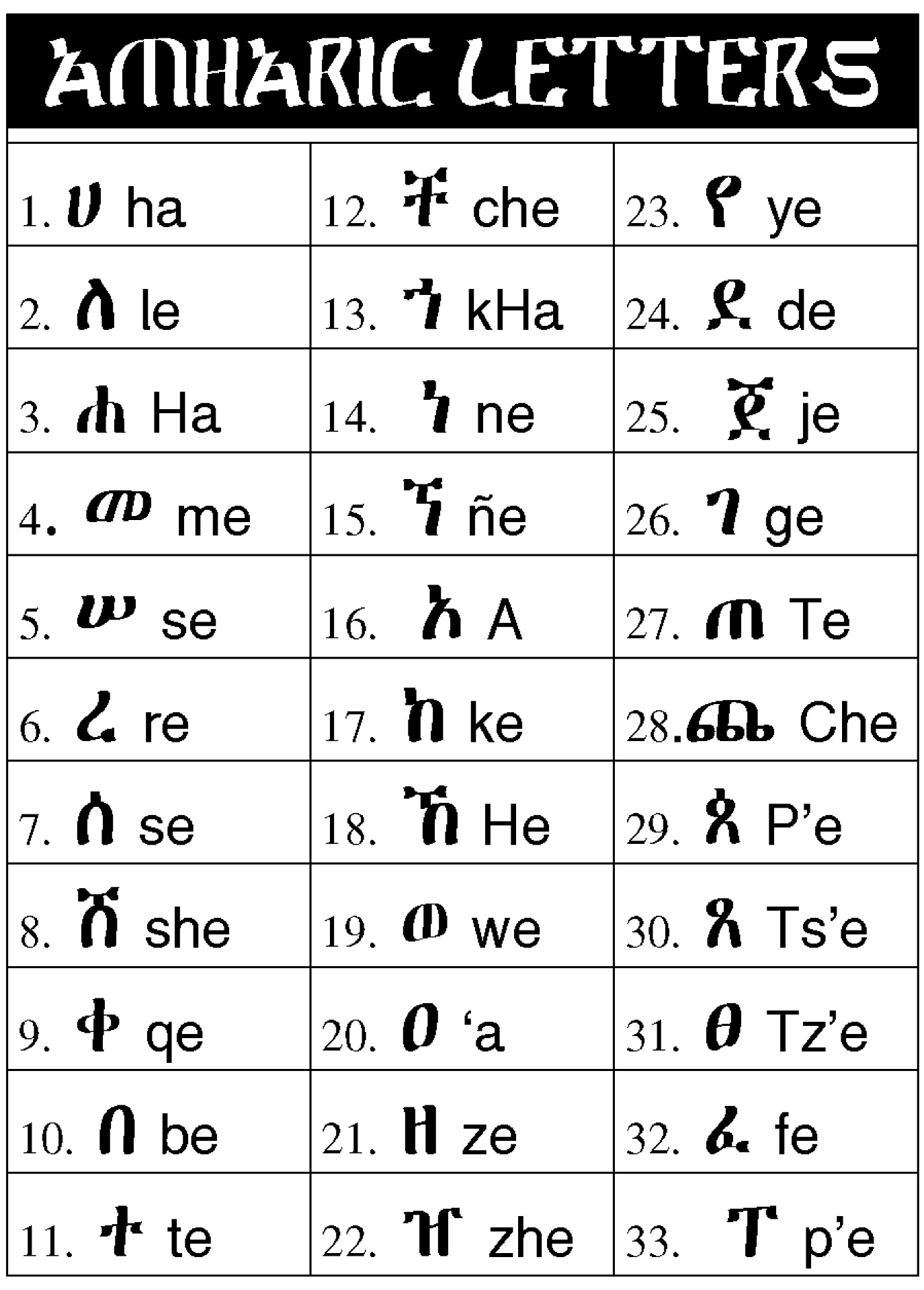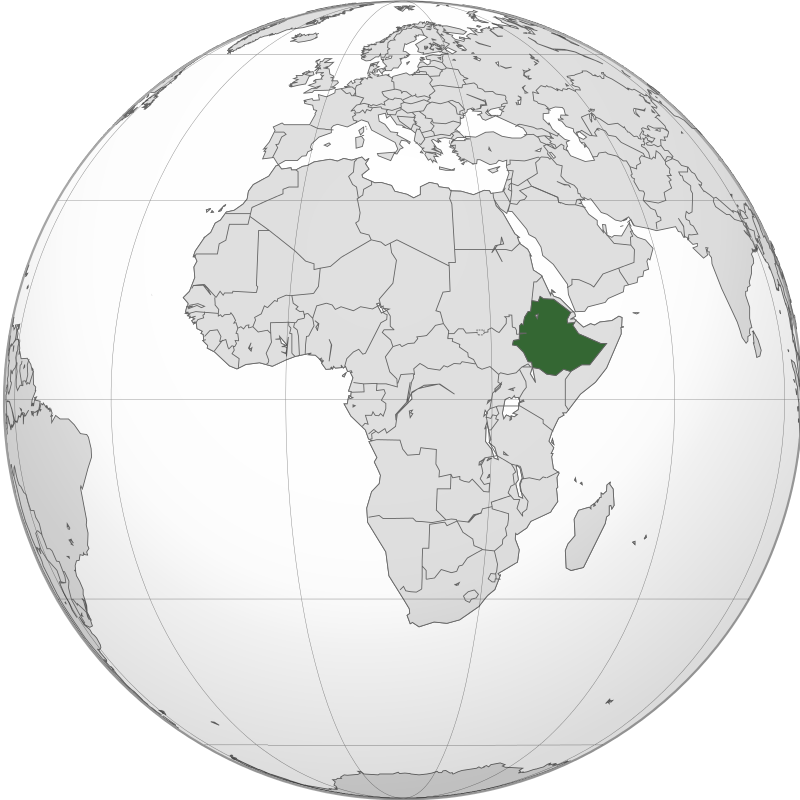
‘Project evaluation in the Water sector'
11/02/2021
Project Evaluation & Management of Technical Cooperation Project (2011, 2014, 2016, 2020 ): Today, people suffering from poor access to safe water account for 2.9 billion (2019 JMP). Additionally, according to OECD estimates, approximately 40% of the world's population could face water depletion by 2050 due to climate change (2012 OECD). Besides, large urban cities in developing countries are grappling with unbalanced water demand and supply issues.
We have participated in surveys of water resource management in Latin America, Southern Africa, and the Middle East. Moreover, we have played a crucial role in supporting preparatory surveys and a project evaluation in Ethiopia.
世界中で安全な水を得られない人は 29億人に上り(2019 JMP), 気候変動影響で 2050年には世界人口の4割が水不足に直面すると推計されています(2012 OECD)。また発展途上国の大都市では, 人口と産業の急拡大に伴う水需給のアンバランスの問題に直面しています。レデスはこれまで南米・アフリカ・中東で水資源分野の調査に参加し,うちエチオピアではアディスアベバ上下水道公社の技術協力「AAWSA無収水削減管理能力強化プロジェクト」の事前調査の支援と事業評価を担当しました。
Photos (from left): Dir Dam, Legadadi Dam, water supply project sites (Source: AAWSA), PCM Workshop (JICA survey team)



What sort of country is Ethiopia? The oldest indipendent country wrapped in mystery.


Since the dawn of history, Ethiopia has been a country with diverse ethnicities, a fusion of various cultures, and languages due to its unique geopolitical characteristics. In ancient times, Ethiopia was referred to as 'Aithiops' (Αἰθίοψ) by some, while Europeans called its people Abyssinian. The enigmatic Amhara script, consisting of 33 hieroglyphs, remains a heritage from the Ethiopian Empire known as 'Abyssinia' (source of photos: Amharic4Ras).
Ethiopia came into existence in 1270 and maintained its empire through seven dynasties until 1974. Subsequently, the Federal Democratic Republic of Ethiopia was established under the New Constitution in 1995.

古えからエチオピアは地政治的な特質により多文化・多言語のるつぼとなる国でした。古代ギリシャの人々はエチオピアの国をアイティオプス(Αἰθίοψ)と呼び, ヨーロッパの人々はアビシニア国と呼びました。外国人の目に不思議な33の象形文字はこのアビシニア国からの遺産です。時を経て1270年にエチオピア帝国が誕生し, 1974年までの長きに亘り7つの王朝を継承しながら帝国を保ちました。その後 1995年の憲法改正を経て今日のエチオピア連邦共和国 (የኢትዮጵያ ፈደራላዊ ዲሞክራሲያዊ ሪፐብሊክ )となりました。
